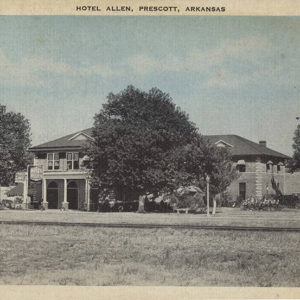 Hotel Allen
Hotel Allen
Time Period: Early Twentieth Century (1901 - 1940) - Starting with H
 Hotel Allen
Hotel Allen
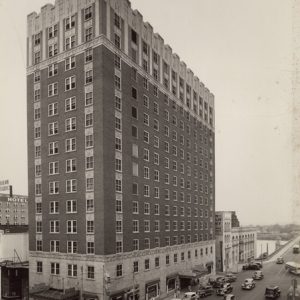 Hotel Ben McGehee
Hotel Ben McGehee
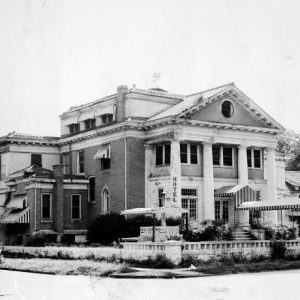 Hotel Charmaine
Hotel Charmaine
Hotel Frederica
aka: Hotel Freiderica
aka: Hotel Sam Peck
aka: Legacy Hotel
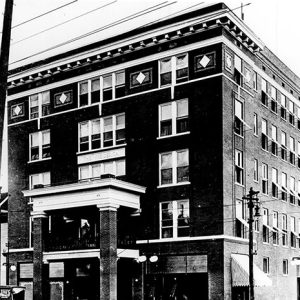 Hotel Frederica
Hotel Frederica
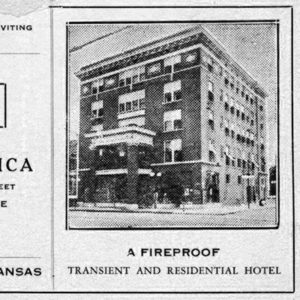 Hotel Freiderica
Hotel Freiderica
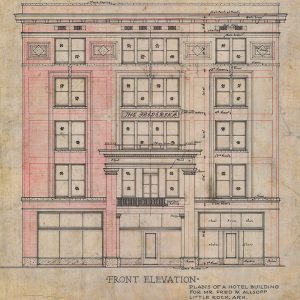 Hotel Freiderica
Hotel Freiderica
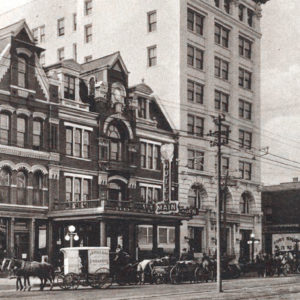 Hotel Main
Hotel Main
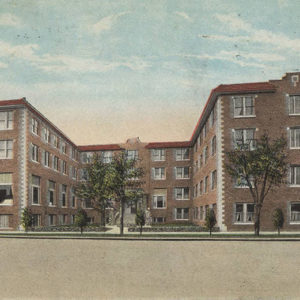 Hotel Noble
Hotel Noble
Hotel Pines
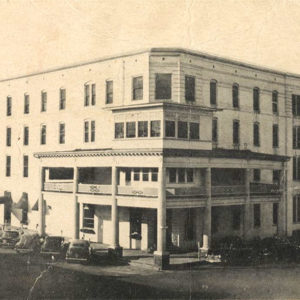 Hotel Savoy
Hotel Savoy
 Hotel Seville
Hotel Seville
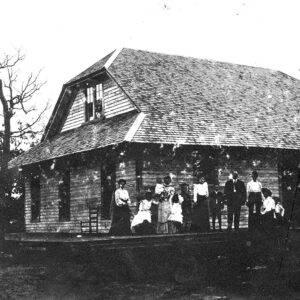 Hotel West End
Hotel West End
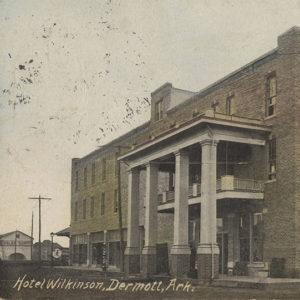 Hotel Wilkinson
Hotel Wilkinson
Hotze House
 First Hotze House
First Hotze House
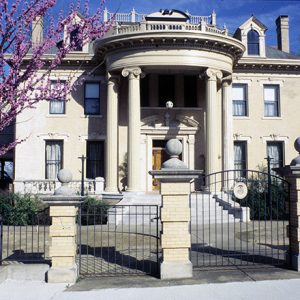 Hotze House
Hotze House
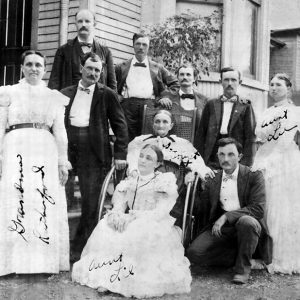 Houpt Family
Houpt Family
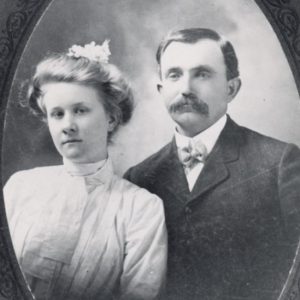 Mr. and Mrs. Houpt
Mr. and Mrs. Houpt
 Houpts
Houpts
House at 712 North Mill Street
 House Committee on Education
House Committee on Education
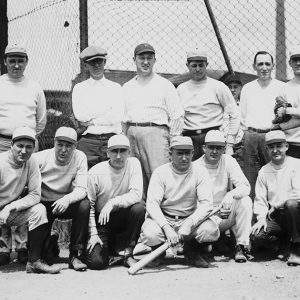 House of Representatives Baseball Team
House of Representatives Baseball Team
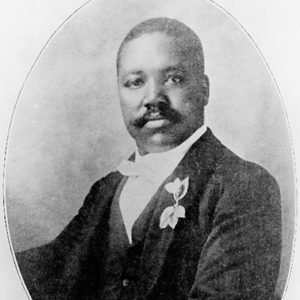 N. B. Houser
N. B. Houser
Houser, Napoleon Bonaparte
Housley v. State
 How Come Christmas
How Come Christmas
Howard County Courthouse
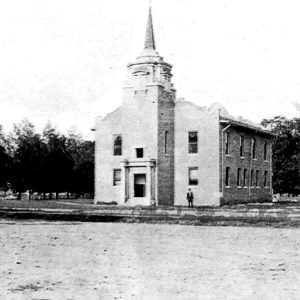 Howard County Courthouse
Howard County Courthouse
 Howard County Courthouse
Howard County Courthouse
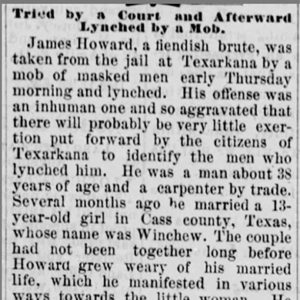 James Howard Lynching Article
James Howard Lynching Article
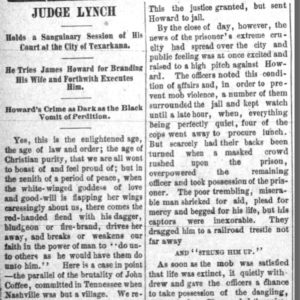 James Howard Lynching Article
James Howard Lynching Article
 Howell Company
Howell Company
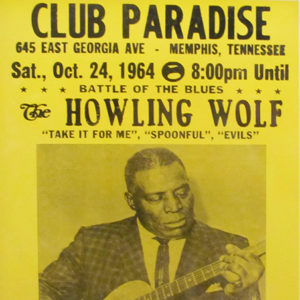 Howlin' Wolf Poster
Howlin' Wolf Poster
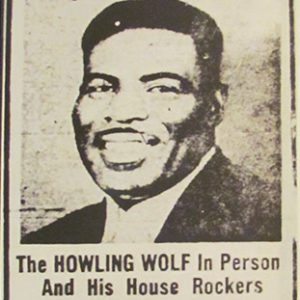 Howlin' Wolf Ad
Howlin' Wolf Ad
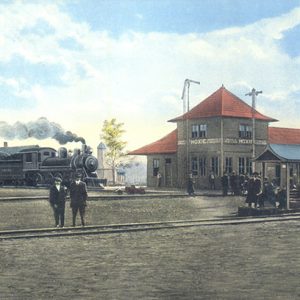 Hoxie Depot
Hoxie Depot
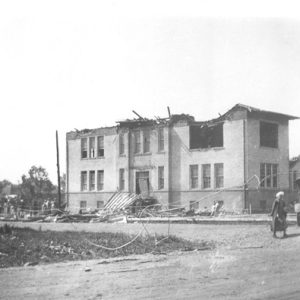 Hoxie Tornado, 1927
Hoxie Tornado, 1927
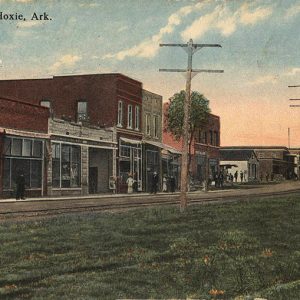 Hoxie Street Scene
Hoxie Street Scene
 Harry Hronas
Harry Hronas
Hubert and Ionia Furr House
 John Huddleston
John Huddleston
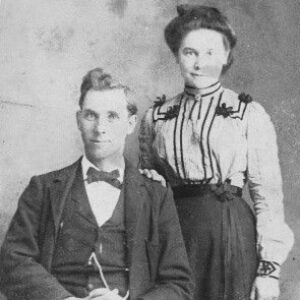 John and Cora Huddleston
John and Cora Huddleston
 John Huddleston and Sam Reyburn
John Huddleston and Sam Reyburn
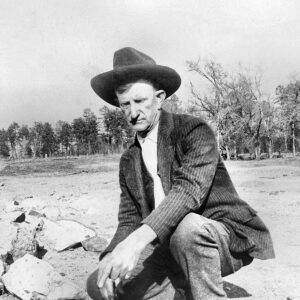 John W. Huddleston
John W. Huddleston
Huddleston, John Wesley
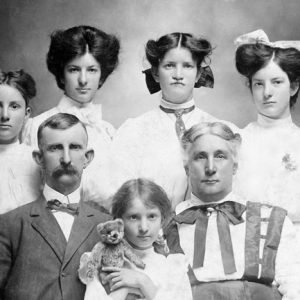 John Huddleston with Family
John Huddleston with Family
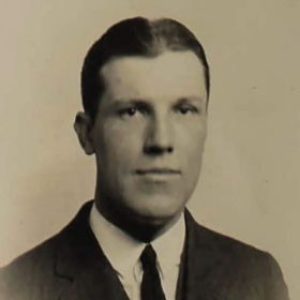 Joel Hudson
Joel Hudson
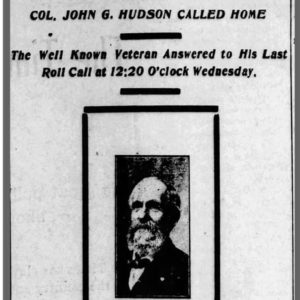 John G. Hudson Death Notice
John G. Hudson Death Notice
 Hughes Bros. Drugstore
Hughes Bros. Drugstore
 Hughes Flood
Hughes Flood




